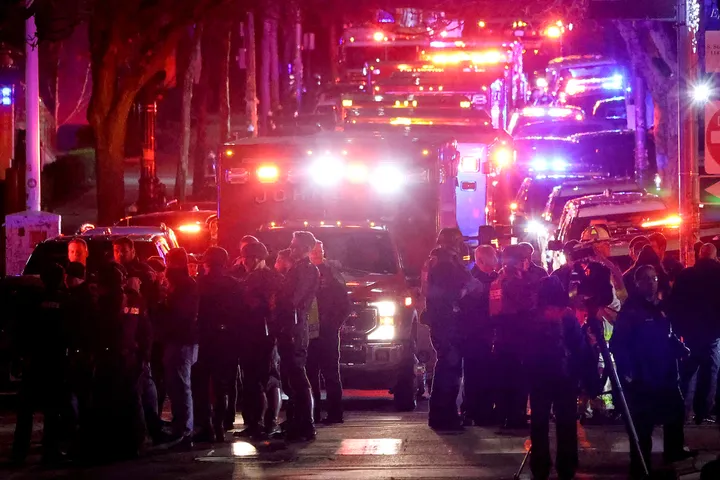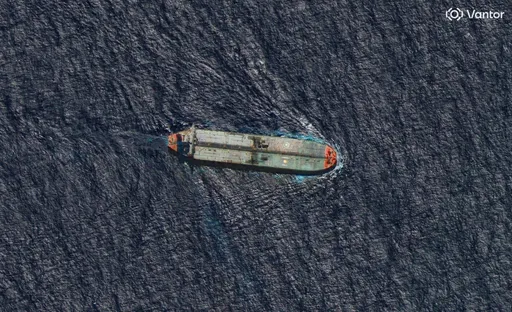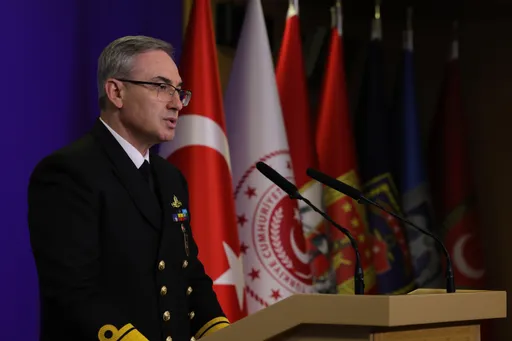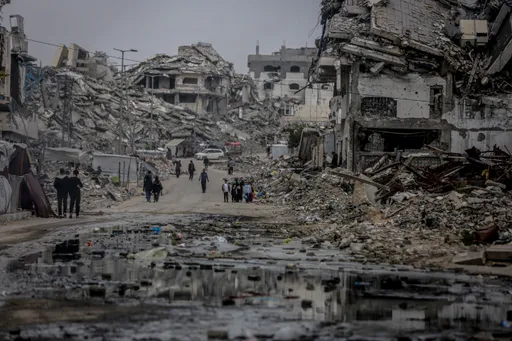The American president tweeted on Dec. 19 “We have defeated ISIS in Syria, my only reason for being there during the Trump Presidency.” This triumphant declaration turned out to be premature as just a few days later a suicide bomber killed at least 15 people in the Syrian city of Manbij including four Americans, part of a US special forces contingent that Trump declared he would withdraw.
Since these events occurred, a debate has ensued in the media and policy circles as to whether Daesh (ISIS) is defeated, or if it can make a comeback.
The problem is that the question of whether Daesh is defeated is a simple question for a complex phenomenon. The ability to answer this question depends on defining what is Daesh: a terrorist group, a state, or an idea?
In terms of a state and idea, Daesh is defeated. However, the attack in Manbij demonstrates that it still poses a threat as a terrorist group.
Assessing the strength of Daesh
US administrations have a history of underestimating Daesh, whether Obama in January 2014 calling it a “junior varsity” version of Al Qaeda, just before it seized the Iraqi city of Falluja, to Trump’s boast of having defeated it.
The history of Daesh has demonstrated the group’s resilience and ability to reinvent itself since 2004 when it was established in Iraq as an affiliate of Al Qaeda.
The group that would become Daesh was able to recover after the death of its founder, Abu Musab al Zarqawi, in 2006.
It also recovered in 2010, when its two primary leaders Abu Ayyub al Masri, an Egyptian bombmaker, and its emir, Abu Umar al Baghdadi were killed in April 2010 during a joint raid between US and Iraqi forces near Tikrit. Unlike 2006 and 2010, Daesh’s current leader Abu Bakr al Baghdadi is still alive.
After Iraqis revolted against the precursor of Daesh in 2008 in what is known as the Sahwa and the US began its Surge with an increase in troops deployed in urban centres, the terrorist group dwindled to a mere 700 fighters.
At present, the Center for Strategic and International Studies estimates that Daesh still has 20,000 to 30,000 members in Iraq and Syria. Even if the estimate is the lower figure, or even lower than that, the number is still a far cry from the 700 fighters it had at its low point.
At its peak, Daesh held almost half of Syria and a third of Iraq. Today it operates in rural hideouts as it did during its low point in 2010. Daesh has contracted and reverted back to terrorist attacks and guerrilla-style hit-and-run attacks as it did when it was diminished after the Sahwa and Surge.
Ironically in this weakened state today, it will be harder to defeat Daesh, proving that Trump’s triumphant declaration of victory will still be elusive for the American president. Defeating a terrorist group that is on the run and uses guerrilla tactics is more difficult than destroying Daesh when it fielded a standing army that tried to hold territory.
The group was able to resurrect itself in 2010, and the fear is it could do it again. While Daesh is not gone and can regroup, it does not necessarily mean history will repeat itself.
The defeat of the idea of Daesh
In an October 2015 essay, David Ignatius wrote: “Even if ISIS is crushed, this idea of ‘our caliphate’ is likely to persist, and return.”
It is worth examining Ignatius’ concept of the idea of the terrorist group. While Daesh survives, on some level the idea of Daesh has been defeated. As its geographical reach contracted, so did its rhetorical power, which promised inevitable success at its peak in 2014. The idea of the caliphate might persist, but faith that Daesh can restore it has been nullified by events on the ground.
In this sense, the dream of a global 'jihadists' of a caliphate-state that holds territory has been destroyed. While its caliph lives, he barely shows himself. Both of these facts have led to a decrease in attacks outside of Iraq and Syria.
Just during the summer of 2016 Daesh organised or inspired attacks in Orlando, Baghdad, Istanbul, Medina, Nice, Munich, Kabul, Saint-Etienne-du-Rouvray in Normandy, and Qamishli in Syria. As the group declined, its terrorist attacks have also dropped over the last two years.
While this decline in global terrorism is positive news, Daesh claimed in 2018 about 75 attacks a month in Iraq alone. Given that attacks in Iraq do not generate headlines like attacks in European cities, global attention has underestimated the resilience of Daesh as a terrorist group.
From 2014 to 2017, Daesh was both a state and army, and transnational terrorist threat and viral idea. While Daesh may no longer be a threat to people walking the streets of European cities today, it is still a threat to Iraqis and Syrians.
Asking the right questions
The question should not be whether Daesh is defeated, but rather what are the circumstances that led to its emergence and how can they be prevented. Daesh emerged with the collapse of the Syrian state after 2011, and the decrease in governing capacity in Iraq that plagued its new government since 2003.
The strategy for defeating Daesh today entails a political solution to the Syrian civil war, as well as reconstruction aid to Syria, in addition to Iraq, such as France provided last week.
If Trump prioritised these issues, then perhaps in the future he could triumphantly tweet that Daesh is defeated, an unlikely scenario given his administration’s past failure to fund reconstruction efforts in Iraq. Given this precedent, Daesh will not be defeated under a Trump presidency, proving his tweet, among a thousand others, are exaggerated and patently false.























